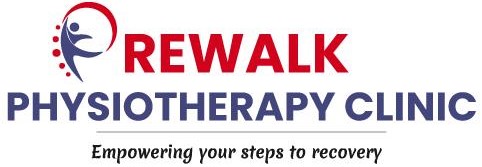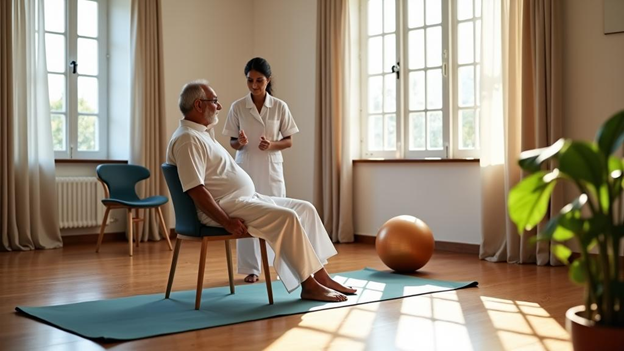Knee replacement surgery is a common procedure to relieve pain and restore movement in people with joint issues. But, the recovery process is just as crucial as the surgery itself. Rehabilitation exercises are vital for getting back on your feet. These exercises help improve mobility and hasten recovery. Statistics show that patients who engage in regular exercise after knee surgery recover faster and with fewer complications.
This blog aims to guide those who are either preparing for knee surgery or in the recovery stage. By understanding the benefits of knee replacement rehabilitation exercises, readers can embrace an informed approach to recovery. This topic is essential since it addresses the needs of anyone undergoing a knee replacement, offering practical advice for better health.
Why Rehabilitation Exercises Are Essential Post-Knee Replacement
Rehabilitation exercises are key to a smooth recovery after knee surgery. These exercises are not just helpful; they’re necessary. They help reduce swelling, prevent stiffness, and promote healing. If you want to walk or climb stairs comfortably, exercises after knee surgery can make a huge difference.
Performing these exercises helps lessen pain and improves mobility. This can make daily activities much easier. Moreover, engaging in knee replacement therapy exercises can avert unwanted complications. For example, they can stop the knee from getting stiff, which is common if you don’t move enough. Furthermore, proper exercises can help strengthen the muscles around the new knee joint, making it more stable and less prone to injuries.
Overall, sticking to a good exercise routine can significantly affect your recovery and long-term joint health. By doing so, you facilitate smooth body movements and enhance overall well-being.
Essential Exercises to Enhance Knee Rehabilitation at Home
After knee surgery, starting with basic stretching exercises at home can enhance flexibility and reduce stiffness. For instance, knee bends and straight leg raises are effective. These simple movements help your knee as it recovers and maintains its range of motion. Here are some stretching exercises:
- Knee Bends: Sit on a chair, extend one leg in front of you, and slowly bend and straighten your knee.
- Straight Leg Raises: Lie on your back and slowly lift one leg while keeping it straight.
- Heel Slides: Sit on a flat surface, bend your knee, and slide your heel toward your buttocks.
Strengthening exercises are also crucial. These target your thigh and calf muscles, which support the knee’s stability and improve balance. Stronger muscles around your knee can make everyday tasks much safer. Start with simple routines like sitting-to-standing movements and mini-squats.
Incorporating low-impact activities like stationary biking can significantly benefit your recovery. These activities strengthen the joints without putting too much pressure on them. As you pedal, your new knee gets accustomed to movement, and this helps rebuild your leg’s strength gradually.
Another excellent activity is aquatic therapy sessions. Being in the water reduces weight on your joints, allowing you to perform more exercises with ease. Water supports your body weight, providing a low-impact environment where you can boost your recovery speeds.
Overall, engaging in knee replacement rehabilitation exercises at home can be effective. With determination and the right exercises, you can improve your mobility and speed up your recovery enormously.
Customizing Rehabilitation: Tailoring Fitness Plans and Professional Guidance
Not everyone recovers from surgery the same way. That’s why tailoring your rehabilitation plan to your individual needs is crucial. Factors like age, overall health, and surgery type can influence your recovery path. Understanding that everyone is unique makes personalized knee replacement therapy exercises essential.
Physiotherapists play a critical role in crafting these personalized plans. They offer expert advice tailored to your condition and monitor your progress closely. Regular check-ups help ensure you are on the right track and help make any needed adjustments.
Consistent monitoring of your progress with healthcare professionals can optimize your recovery. They provide a sound perspective, noting any areas that need extra attention or adjustment.
And while professional guidance is vital, consider your lifestyle and preferences when choosing a home-based exercise plan. Whether you prefer early morning walks or evening stretches, integrating these exercises into your daily routine ensures consistency. With the right guidance and commitment, these exercises after knee surgery can lead to significant improvements in both mobility and quality of life.
For personalized rehabilitation that truly caters to your unique needs, consult our experts at Rewalk Physiotherapy Clinic. Our dedicated team designs tailored therapy programs, monitors your progress closely, and adjusts your plan as needed to optimize recovery. Schedule your consultation today and take the next step toward a smoother, more effective recovery journey!


